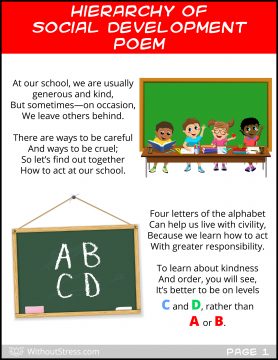Question:
My class is so messy! They leave trash everywhere and it takes them forever to clean up after centers, or art time or snack! How do you get kids to clean up? They will eventually clean it up because I keep telling them over and over, but I need some ideas!!
Response:
I try to approach it in this way in my primary class…
When I ring our chimes to get their attention at a clean up time, I typically make some positive reference to the activity which will directly follow. For instance, I might say….
- Who’s interested to see what’s been brought for Show and Tell today?
- Here’s the book we’re going to read today. I can’t wait








